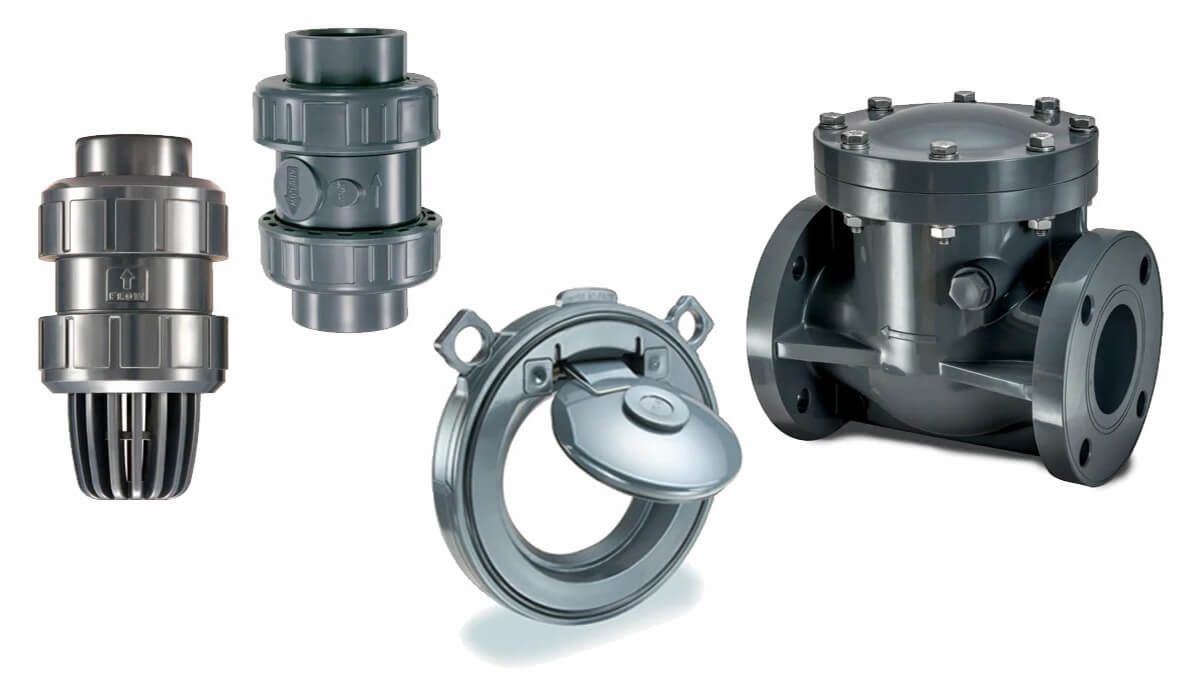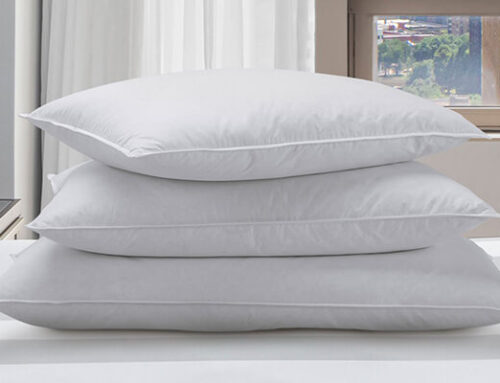A check valve is a one-way valve or check valve that opens with fluid movement and pressure and closes to prevent pressure from flowing back to upstream equipment including pumps and compressors. In today’s guide, we’ll take a closer look at the uses and classifications of check valves. Read on to learn more.
1. What is the function of the check valve?
Simply put, a check valve acts as a one-way gate in the system. The pressure applied to the inlet will be able to pass with little resistance. However, if pressure is applied to the outlet side, the valve will close. This keeps the medium (gas or liquid) flowing in the desired direction and prevents backflow.
It sounds like it will require some sophisticated engineering or computer assistance to accomplish this task. However, check valves are usually very simple in design and fully mechanically operated. This means check valves are also very reliable, especially ones from reputable manufacturers.
The pressure rating of a check valve refers to the working pressure and the pressure that the valve closing parts can withstand. It goes without saying that check valves should never be used above the specified operating pressure.

2. When should a check valve be used?
Check valves are useful when there is concern about back pressure in a distribution system causing damage to a pump, or to ensure that backflow from a water source does not contaminate treated water or drinking water sources. They are particularly useful in applications where backflow can cause problems. If the return flow is contaminated, the upstream media will also be contaminated. Therefore, these valves are very common in drinking water distribution systems and treatment plants.
Another example of using a check valve is a centrifugal pump, which is not self-priming, so the valve is essential to keep the water in the pipe.
3. Where is the check valve located?
Check valves are usually placed on the outlet side of the pump to prevent backflow from the pump. Depending on the application, parameters regarding the distance of the valve from other equipment may be required. Therefore, it is recommended to consult the valve manufacturer, engineer, or consultant to ensure correct positioning for optimal use of the valve.
4. What are the different types of check valves?
There are different types of check valves used for different operations and applications.
1) Stop check valve
Globe valves are available in cage-guided, top-guided, split-type, top- and bottom-guided body styles and plug-guided configurations. These valves are typically used in factory piping to regulate flow or pressure and completely shut off flow when required.
2) Wafer check valve
Wafer check valves and swing check valves have different valve body designs. They use an extremely thin disc that only allows flow in one direction, like all check valves. However, because the disc is thinner, these valves are ideal for swing check valves and other types that may be too large for tight spaces.
3) Swing check valve
Similar to the wafer type, swing check valves use a disc inside the valve to allow or stop flow in a piping system. Once the fluid flows through, the pressure forces the valve disc to open and stay open. As the pressure decreases, the valve disc closes, preventing the reverse flow of fluid. These valves are typically available in 2-inch or larger sizes and can be installed in both horizontal and vertical positions. These are not suitable for pulsating flows.

4) Impact-free axial check valve
A non-emergency axial check valve is a valve that closes suddenly due to gravity, causing pressure fluctuations and creating a shock wave that puts stress on the piping system. The check valve prevents the backflow of the medium, prevents the pump and drive motor from reversing, and releases the container medium.
5) Lift check valve
Lift check valves use a piston or ball instead of the disc used in swing check valves. These valves prevent leaks more effectively than swing check valves.
6) Butterfly valve
In the pharmaceutical, chemical, and food industries, butterfly valves are used to interrupt the flow of products in a process. Types of butterfly valves include flange, lug, wafer, and triple eccentric.
7) Submersible pump check valve
The best practice is to install check valves in submersible pump applications, especially in pumping stations. Some manufacturers make valves specifically for this application, while others may recommend spring-loaded, stem, or cage poppet valves. In order to make the best valve selection for this particular application, it is best to consult with the valve manufacturer, engineer, or engineering consultant.
8) Ball valve
Ball check valves use a metal ball with a hole drilled in the center that sits between two valve seats to control flow. These valves are commonly used in hydrocarbon process applications and are particularly suitable for low-flow situations.
9) Double door check valve
A double-door check valve consists of two discs through which liquid or gas can flow. Like all other check valves, these doors also prevent flow in the opposite direction through the use of springs or other proprietary technology, depending on the manufacturer. These special valves are popular in refineries and other process industries.

5. Is the check valve an anti-backflow valve?
A backflow preventer is a type of check valve, but the main difference between a backflow preventer and a check valve is their application. Backflow preventers are used in high-hazard situations and are designed to adequately protect drinking water. Backflow preventers are typically installed at the connection between a city water system and a private building’s domestic water pipes. They are also commonly used in applications where potable water is connected to non-potable water.
Check valves, on the other hand, are used in low-risk situations and prevent water from flowing back. Anti-backflow valves have more fail-safe components while check valves do not.





Leave A Comment